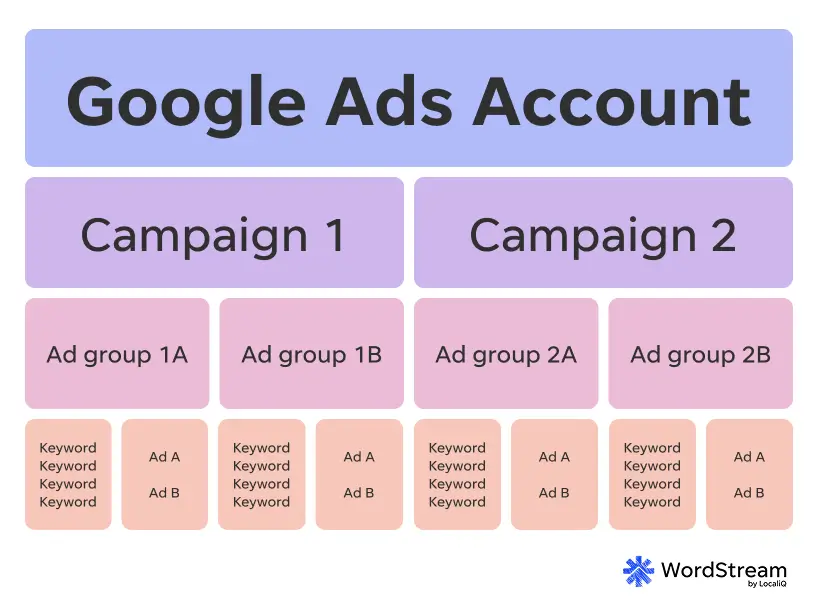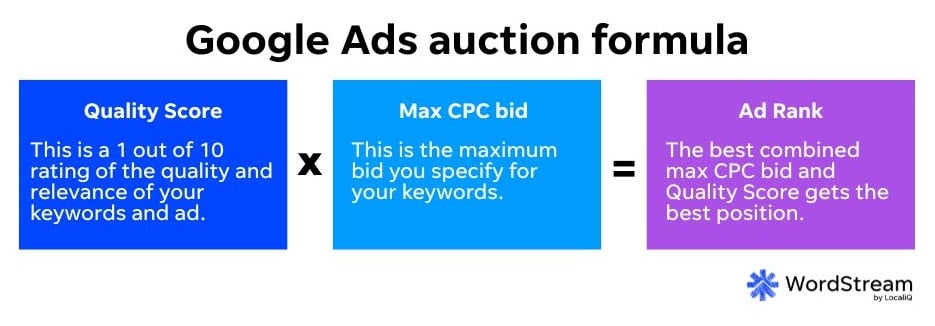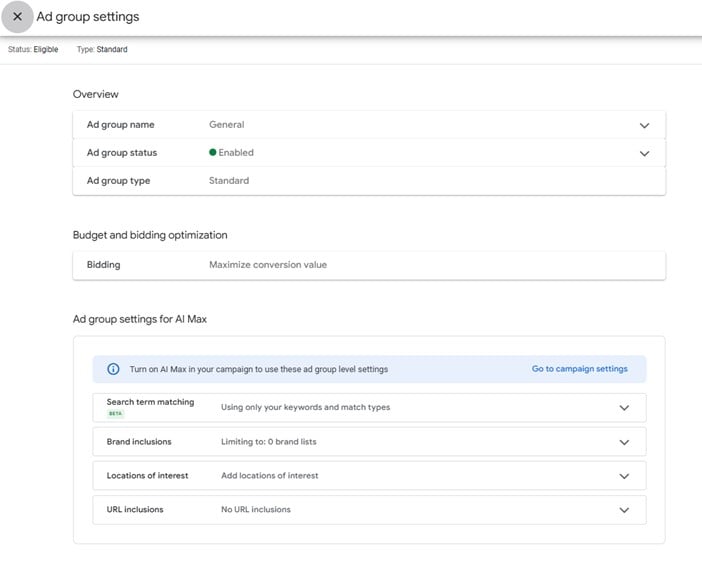How to Create More Effective Ad Groups for PPC
Ad groups are an essential component of pay-per-click marketing. Creating effective ad groups can help you drive more traffic and leads at lower costs while increasing the number of conversions on your site. This article will teach you what an ad group means in reference to PPC, why ad groups are important, and, of course, how to best create an effective ad group in Google Ads and Microsoft Ads.
This article has been fully reviewed and updated for accuracy as of November 14, 2025.
Contents
What are ad groups?
An ad group is the container for your ads, keywords, and other assets within your paid search campaigns. They’re a required component of any Microsoft Ads or Google Ads campaign setup. Note that for Performance Max campaigns, these are known as asset groups.

PPC advertising is structured such that you first create an account, then create an ad campaign, which is home to ad groups.
Those ad groups then house:
- Keywords
- Ads
- Landing pages
- Assets
- And more! (Depending on your campaign setup.)
In other words, ad groups are one of the main tools you have for organizing your PPC account into a meaningful hierarchy.

🛑 Want to learn more about PPC? Get the free guide >> PPC 101: Complete Guide to Google Ads
Why your ad groups matter
Ad groups are a structural component of your PPC account, but why does your ad group setup matter so much? What makes ad groups so important?
Ad groups contain a lot of important stuff!
Search engines like Google and Bing look to your ad group organization to determine:
- Which queries best align with your keywords.
- What your ad will say when it runs.
- Where the visitor will be taken when they click on your ad.
When you set up an ad group, you’re deciding:
- Who to advertise to.
- What to say to get their attention.
Not only that, but ad groups help you theme out and shape your campaigns’ offerings. Core ad group themes will help keep your ad relevance high, since the right keywords and ad assets will be paired up within their respective ad groups. This is essential for maintaining a high Quality Score, which helps Google determine how much to charge you for a click on your ad in the ad auction. In short, well-organized and themed ad groups can help lower your Google Ads costs!

📚 Ready to perfect your Google Ads account structure? Download our free guide on Google Ads Account Structure, complete with everything you need for a strong strategy!
How to create ad groups in your campaigns
Whenever you’re creating a new campaign, you’ll be prompted to create an ad group within it. You can also always add ad groups to current campaigns by clicking the blue plus sign in the ad groups section of the Google Ads platform.

Remember, you’ll want your ad groups to be thematic. For example, you could split out a campaign’s ad groups based on different product offerings, audiences, messaging angles, and more. What’s important here is that you set up your ad groups systematically to keep your Quality Score high and your costs low.
You might have only a couple of ad groups per campaign, but know that it’s recommended not to have more than 10 per campaign. If you need more ad groups than that to split out your campaign’s strategy, that’s a sign you should build another campaign!
Also, consider that it’s best not to have more than 10-20 keywords per ad group as you split out your strategy. Plus, you’ll only be allowed up to three responsive search ads and one coinciding landing page per ad group. Aside from that, you’ll have a few additional settings to play around with when creating your ad groups, such as:
- Ad group name: Same as campaign and account levels, name your ad groups what would make the most sense to you. Again, the names of your assets are not a performance factor.
- Ad group status: Whether your ad group is paused, enabled, or removed.
- Ad group settings for AI Max: How you choose to leverage AI to optimize your brand lists, keywords, location targets, and more.

Once your ad groups are set up, be ready to flex and adjust your strategy. It’s common to play around with keywords and ads within your ad groups, or pause and enable ad groups, as needed during your regular account audits.
Start optimizing your ad groups today
When you create ad groups for your campaigns, you want to aim for integration and consistency. Meaning, you’re enabling a system where you’re continuously creating keyword groups, ad assets, and landing pages that are tightly integrated with one another, which will lead to messaging consistency. Your ads and landing pages should speak directly to the terms people are searching to reach your site, and with the right ad groups, this can happen seamlessly. For more help setting up and optimizing your ad groups, see how our solutions can maximize your strategy!
Want to learn more about search ads? We’ve got you covered!
